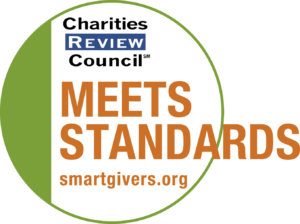Even if you’ve heard of AmeriCorps or the Peace Corps before, you might not be clear on how they’re different or what the benefits are. Here’s your guide to learning about why these are both awesome service opportunities!
With AmeriCorps, you’ll serve in the states; with the Peace Corps, you’ll serve abroad.
If you serve with AmeriCorps, you’ll be able to give back to your community in your home state or serve in a new state. You’ll gain professional experience and build a network closer to home or where you might like to continue to live within the U.S.
If you serve with the Peace Corps, you’ll serve abroad. You’ll be able to use your skills and passion at the local level while partnering with a community in one of over 60 countries outside the U.S. to create a positive impact in people’s lives. Both opportunities offer ways for you to build your professional skills.
The right fit depends on your interests and goals, and both opportunities can be really fulfilling. Either way, you’ll be able to choose where you’d prefer to serve!
Depending on the program, AmeriCorps is a shorter time commitment.
Most AmeriCorps positions are about a year long (11 months), but there are options for shorter terms of service as well. Some programs offer a summer term (three months) or a semester term (4-5 months). Plus, some programs offer additional flexibility with both full-time and part-time positions. AmeriCorps members have the option of serving for up to four terms of service total.
Peace Corps programs require a 27-month commitment, with potential opportunity to extend your term for up to one year. There are also shorter-term opportunities for highly qualified individuals with significant professional experience, or for those who have already completed a 27-month Peace Corps program. You can also apply to additional programs throughout your lifetime, even as a retiree!
Both programs provide a stipend and additional benefits. Exact pay depends on the program and position.
AmeriCorps and Peace Corps are service opportunities, not a job, so you won’t make a ton of money while serving. However, service members are paid, and there are other benefits that they receive.
AmeriCorps members get paid a living allowance every two weeks. Because it’s not an hourly wage, you can expect a reliable paycheck. In addition to the living allowance, members earn an education award at the end of their service term. That’s up to $6,895 (equivalent to the Pell Grant) that can be used to repay student loans or pay education expenses. Anyone older than 55 can gift their education award to a family member. Other perks are available too, like health insurance for full-time members, child care assistance, metro transit discounts, supply stipends, and more.
The Peace Corps provides housing and a living stipend so that participants can live in their community of service. Peace Corps covers the cost of transportation to your service location, as well as all medical and dental care during service terms. Participants may be eligible for student loan forgiveness or other student loan benefits. Unlike with AmeriCorps, Peace Corps doesn’t provide an education award; instead, it provides over $10,000 (pre-tax) after each person’s service to support their transition back to life in the U.S.
Most, if not all, Peace Corps programs offer housing, and most AmeriCorps programs do not.
If you’re thinking about service, you’ll also need to consider where you’ll live while you serve. A few AmeriCorps programs offer housing or housing stipends. The Peace Corps will provide housing or a stipend for housing in your host country.
Many AmeriCorps members choose to serve their own community, where they already have housing or are able to find shared accommodations for the duration of their term. Twin Cities Habitat for Humanity, which builds and maintains affordable housing, has low-cost apartments available for some of their members to rent. Conservation Corps provides tents and food for members who travel to remote locations for week-long service projects.
Peace Corps housing varies by country. You may live with a host family, at least at the beginning of your service. The minimum standard is a single room that is clean and can be locked, with access to clean water, a sanitary bathroom, and cooking space. Electricity and indoor plumbing are not available in all locations.
You may need more qualifications to serve with the Peace Corps.
Most AmeriCorps positions don’t require a specific background or specialized education. A high school diploma or equivalent is required for all programs. A handful – including College Possible and Minnesota GreenCorps – require a college degree or at least some post-secondary education. No matter which program you choose, with ServeMinnesota’s programs you’ll get in-depth training so that you can be successful in your role.
Some Peace Corps positions require a college degree, though there are a variety of positions that will accept five years of full-time professional experience in lieu of a 4-year degree, or a combination of some college and professional experience. Most programs do not have a language requirement. Volunteers receive immersive language instruction during the first three months of service; a minimum level of Spanish, or a Romance Language is required for certain countries. Applicants also must complete a medical review process before going abroad to determine which countries can support their medical needs.
Both programs are a great step to a future career.
Whether with AmeriCorps or the Peace Corps, many people find that service is a great way to gain new skills, build a professional network, and try something new. You’ll develop soft skills like communication, teamwork, intercultural competence, and adaptability. You’ll also develop skills specifically needed at your service site – those range from chainsaw safety to language proficiency to using data to make decisions. After service, you’ll be connected to a network of AmeriCorps or Peace Corps alumni around the world who can help you find the next step in your career.
Your experience will likely depend on the location and/or program you choose.
Regardless of whether you serve with AmeriCorps or the Peace Corps, no one service experience is the same as another. In Minnesota, you can do everything from fighting wildfires to teaching kids to read, and with the Peace Corps you can serve everywhere from Guatemala to Nepal. With both AmeriCorps and the Peace Corps, you get to choose which program, opportunity, and location you prefer.
If you want, you can do both!
Plenty of people do both! There’s lots of crossover between the two programs. If you serve with the Peace Corps, you can still serve a full four terms with AmeriCorps.
Interested in service? It’s easy to get started! If you’re interested in AmeriCorps, check out or programs list and fill out our interest form to get in touch with our recruitment team experts. The Peace Corps has many opportunities available on their website, where you can learn more about how the program works and what the program is like.





